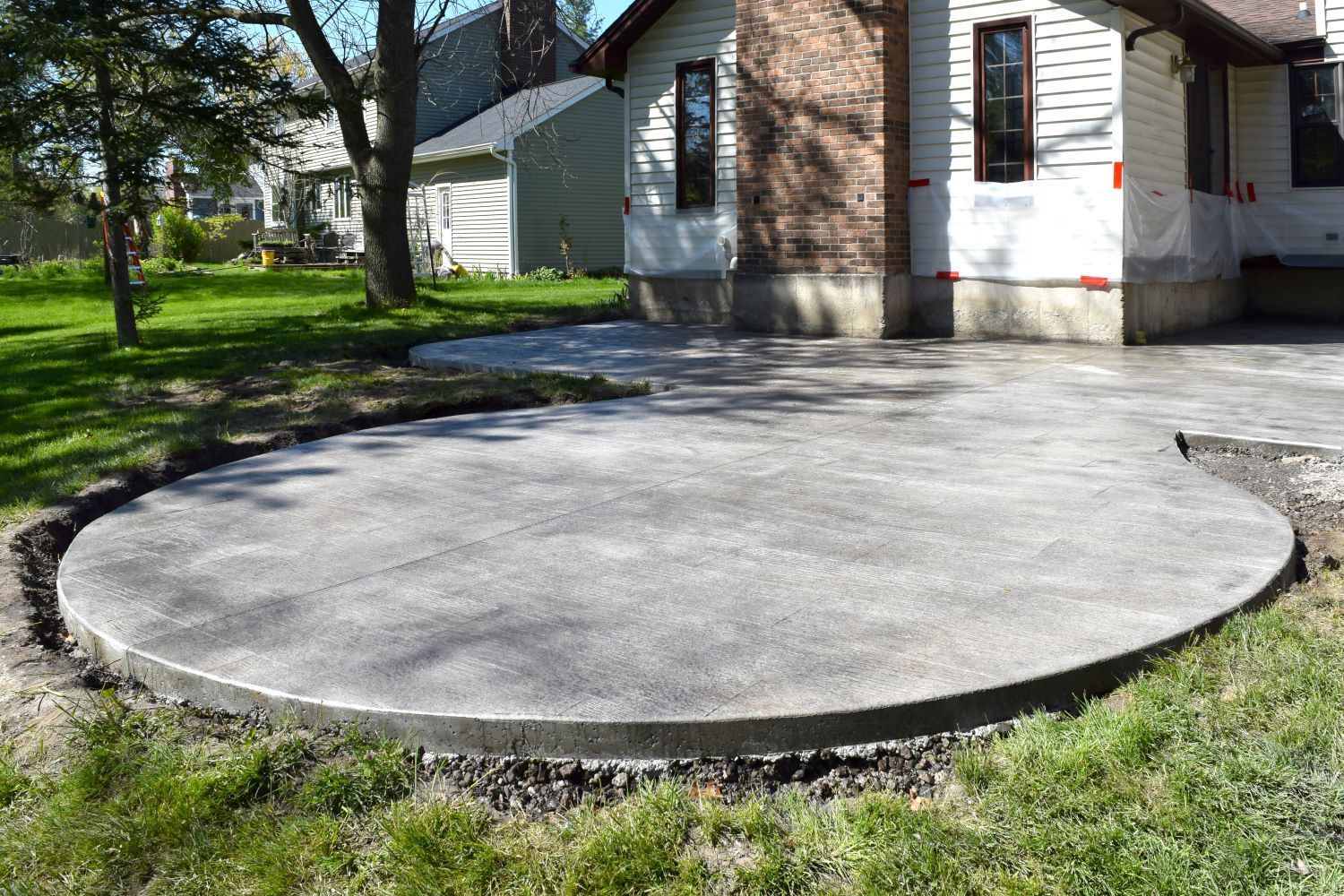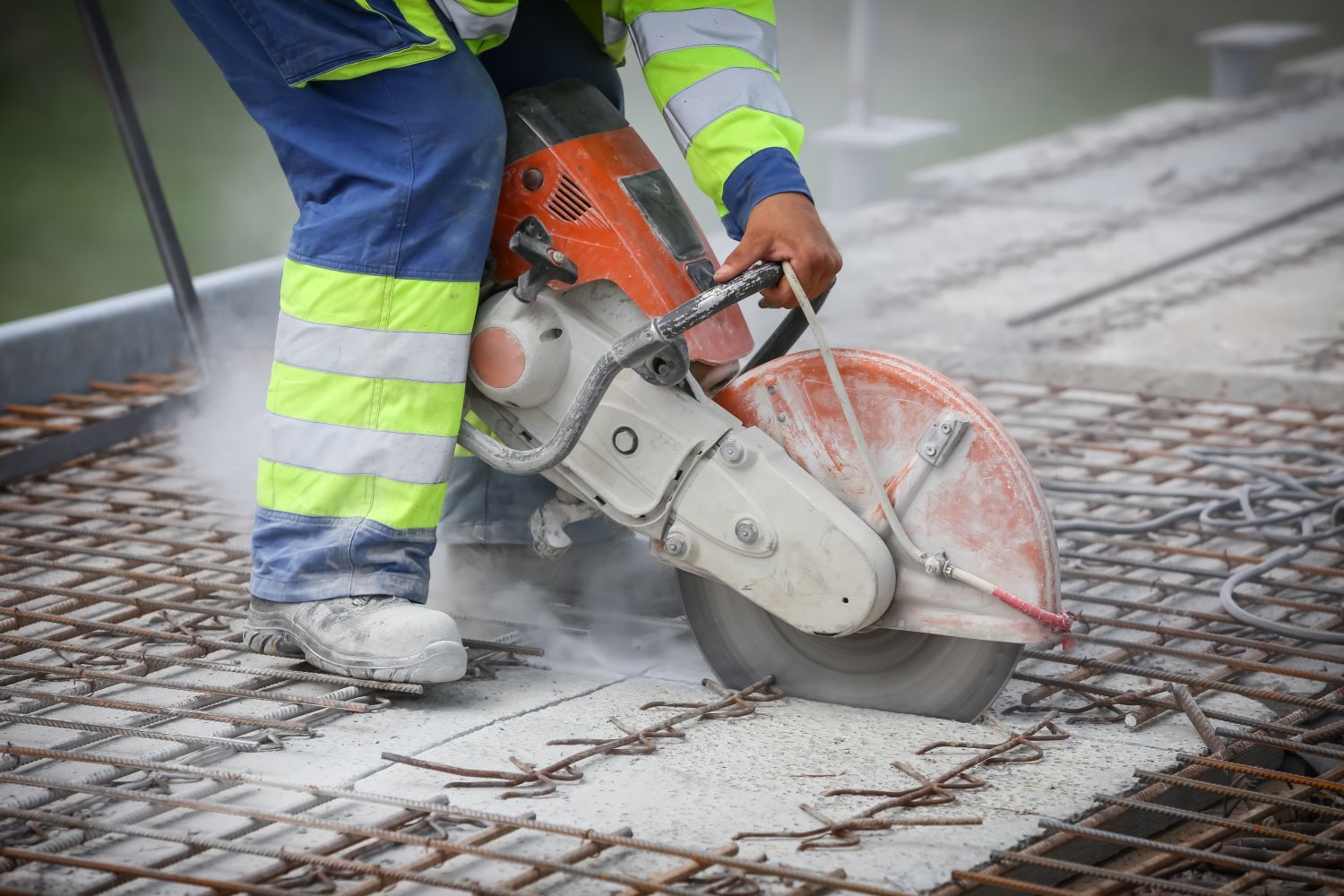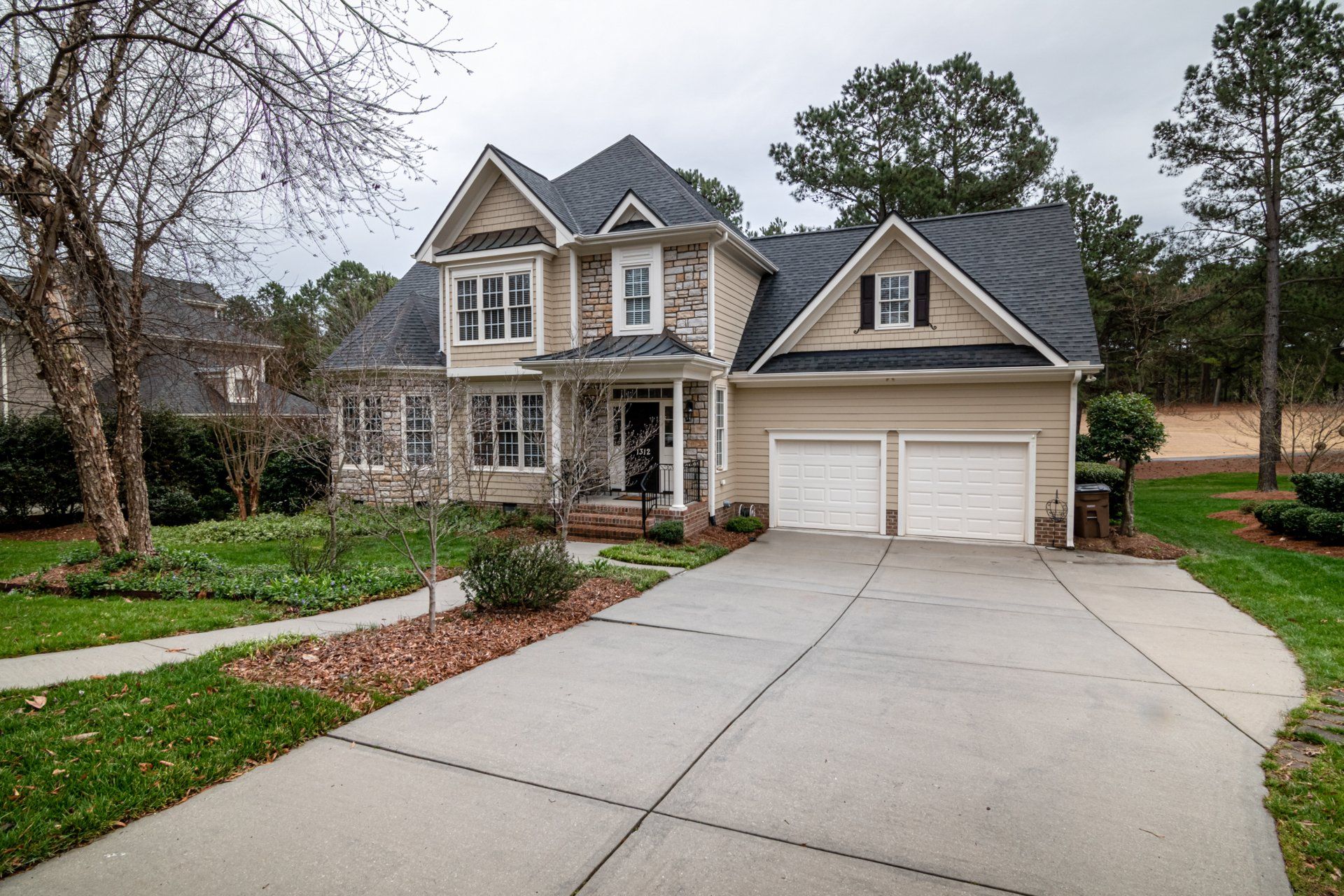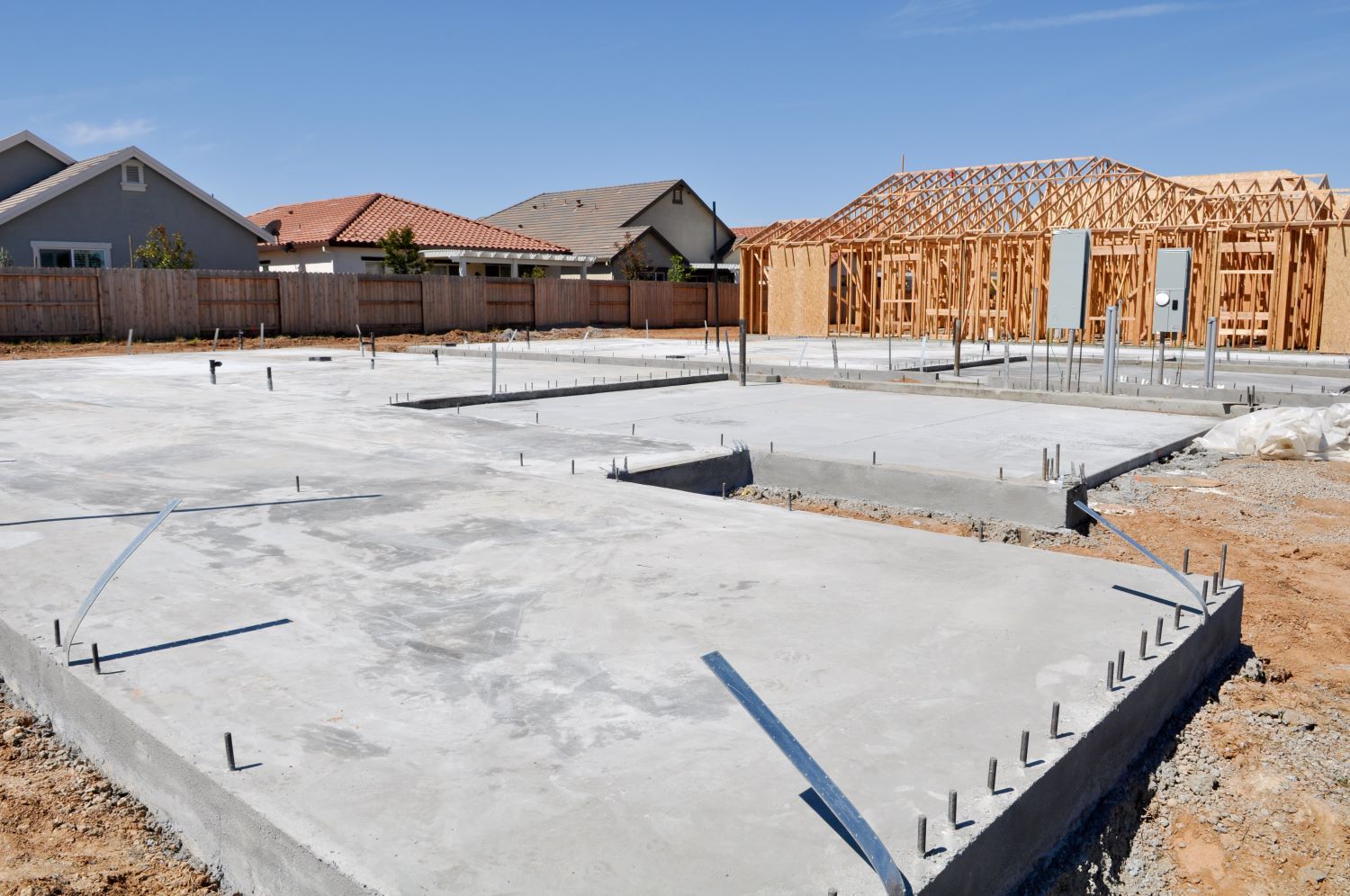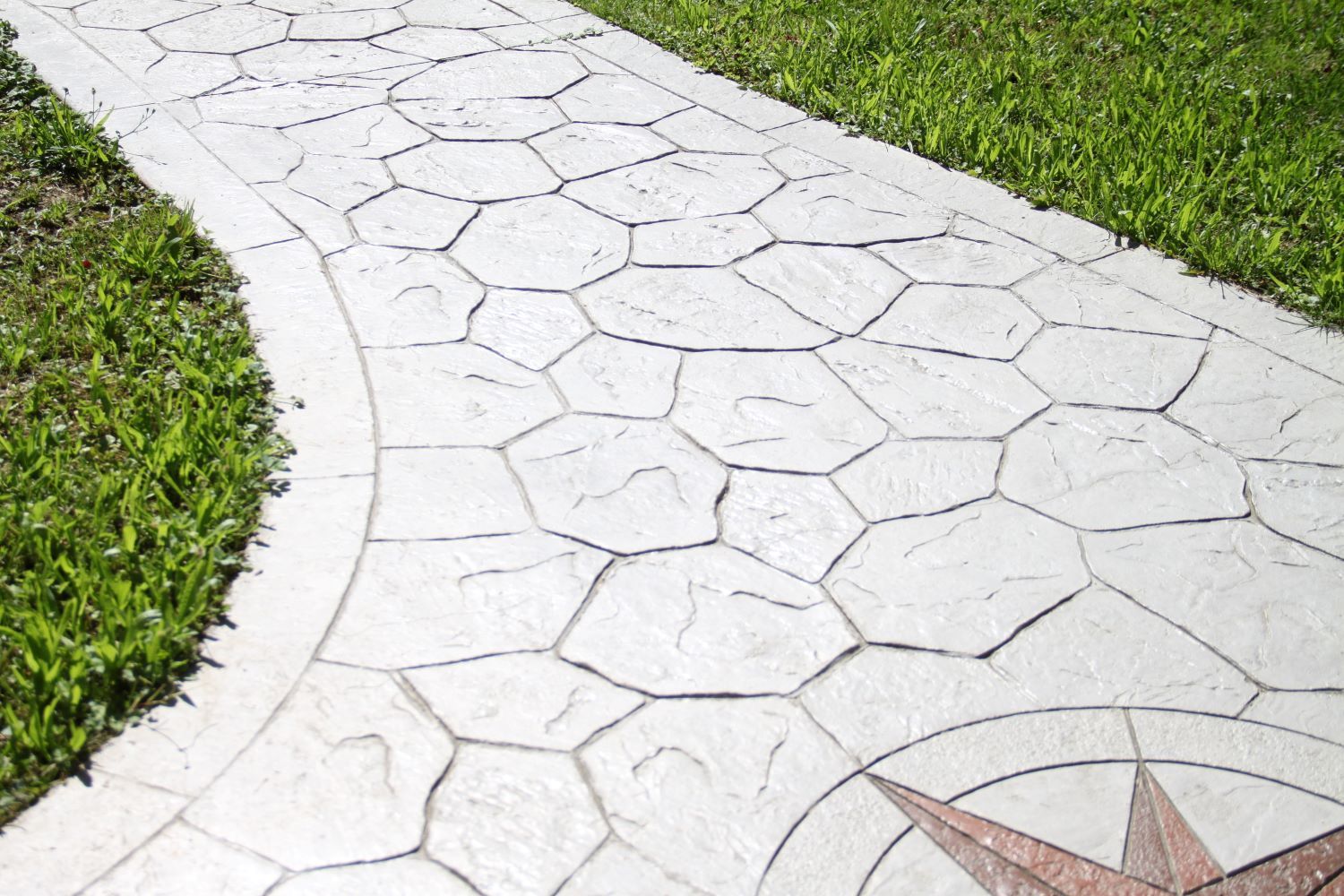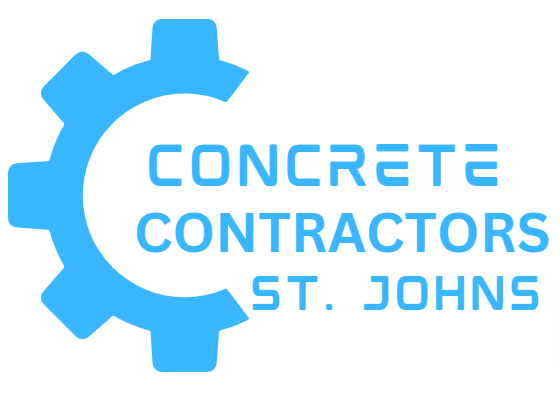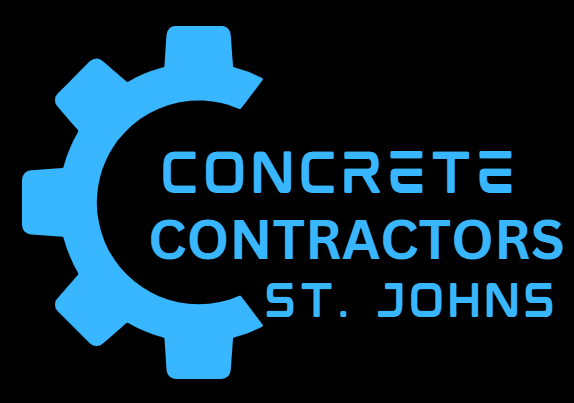How to Handle Concrete Settling and Shifting Over Time
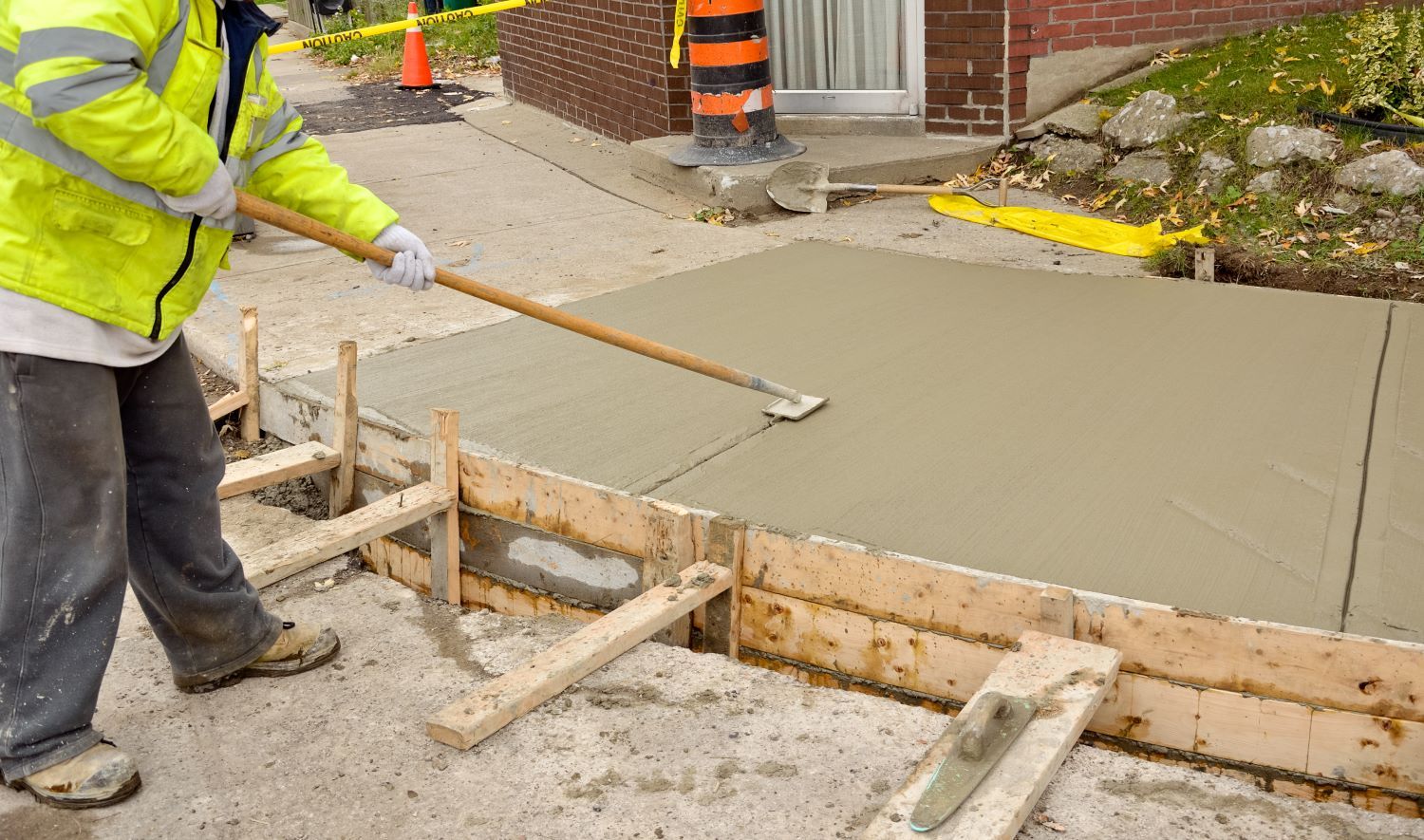
Concrete is a durable and long-lasting material, making it a popular choice for everything from driveways and patios to foundations and walkways. However, even the sturdiest concrete structures can experience settling and shifting over time, leading to cracks, uneven surfaces, and other issues that can compromise the integrity and appearance of your property. Understanding how to handle these problems is crucial to maintaining the safety and value of your concrete surfaces.
What Causes Concrete to Settle and Shift?
Concrete settling and shifting typically occur due to changes in the underlying soil. Some common causes include:
- Soil Erosion: Water runoff can erode the soil beneath your concrete, creating voids that lead to settling.
- Poor Compaction: If the soil wasn't properly compacted before the concrete was poured, it could settle over time, causing the concrete to shift.
- Freeze-Thaw Cycles: In climates like St. John's, Newfoundland, where freezing and thawing are common, the expansion and contraction of the soil can cause concrete to move and crack.
- Tree Roots: The roots of nearby trees can grow under concrete surfaces, pushing them upwards and causing unevenness.
Signs of Concrete Settling and Shifting
It's essential to recognize the early signs of concrete settling and shifting to address the issue before it worsens. Look for:
- Cracks: Small cracks can indicate that the concrete is beginning to move. Over time, these can widen and deepen.
- Uneven Surfaces: If your concrete surface appears to be sloping or has noticeable dips, it may be settling.
- Gaps: Gaps between the concrete and adjacent structures, such as your home's foundation, are a sign that the concrete is shifting.
- Puddling Water: Water pooling on your concrete surface after rain can indicate low spots caused by settling.
Solutions for Handling Concrete Settling and Shifting
Once you’ve identified the signs of settling or shifting, it’s time to consider solutions. Depending on the severity of the issue, you may have several options:
1. Mudjacking
Mudjacking, also known as slab jacking or pressure grouting, is a popular method for raising and leveling settled concrete. This process involves drilling small holes into the concrete and injecting a mixture of cement, soil, and water (or polyurethane foam) beneath the slab. The injected material fills the voids and raises the concrete back to its original level.
Pros:
- Cost-effective
- Quick to implement
- Non-invasive
Cons:
- Not suitable for severely cracked or damaged concrete
- May not be a permanent solution in areas with ongoing soil movement
2. Concrete Replacement
In cases where the concrete is extensively cracked or damaged, full replacement may be necessary. This involves removing the existing concrete, addressing the underlying soil issues, and pouring a new slab.
Pros:
- Provides a fresh, new surface
- Can address underlying soil problems during the process
Cons:
- More expensive than mudjacking
- Time-consuming
3. Soil Stabilization
If the soil beneath your concrete is prone to erosion or poor compaction, soil stabilization may be necessary. This can involve adding new material, such as gravel or geogrid, to strengthen the soil and prevent further settling.
Pros:
- Prevents future settling issues
- Improves the longevity of your concrete surfaces
Cons:
- Requires excavation and is more labor-intensive
- Can be costly depending on the extent of stabilization needed
4. Regular Maintenance
Preventative maintenance is key to minimizing the risk of concrete settling and shifting. This can include sealing cracks as soon as they appear, ensuring proper drainage around your concrete surfaces, and addressing soil erosion issues early on.
Pros:
- Cost-effective
- Extends the lifespan of your concrete surfaces
Cons:
- Requires ongoing attention and effort
Why Choose Professional Help?
While some DIY solutions may be tempting, handling concrete settling and shifting is often best left to professionals. A reputable concrete contractor, like Concrete Contractors St. Johns, can assess the situation, recommend the best course of action, and ensure that the job is done correctly. Professionals have the tools, materials, and expertise needed to provide long-lasting solutions that will keep your concrete surfaces safe and level for years to come.
Conclusion
Concrete settling and shifting are common issues that can affect the safety and aesthetics of your property. By understanding the causes, recognizing the signs, and taking appropriate action, you can address these problems effectively. Whether you opt for mudjacking, full replacement, soil stabilization, or regular maintenance, it's essential to choose the right solution for your specific situation.
For expert advice and services, contact Concrete Contractors St. Johns today to ensure your concrete surfaces remain in top condition.
